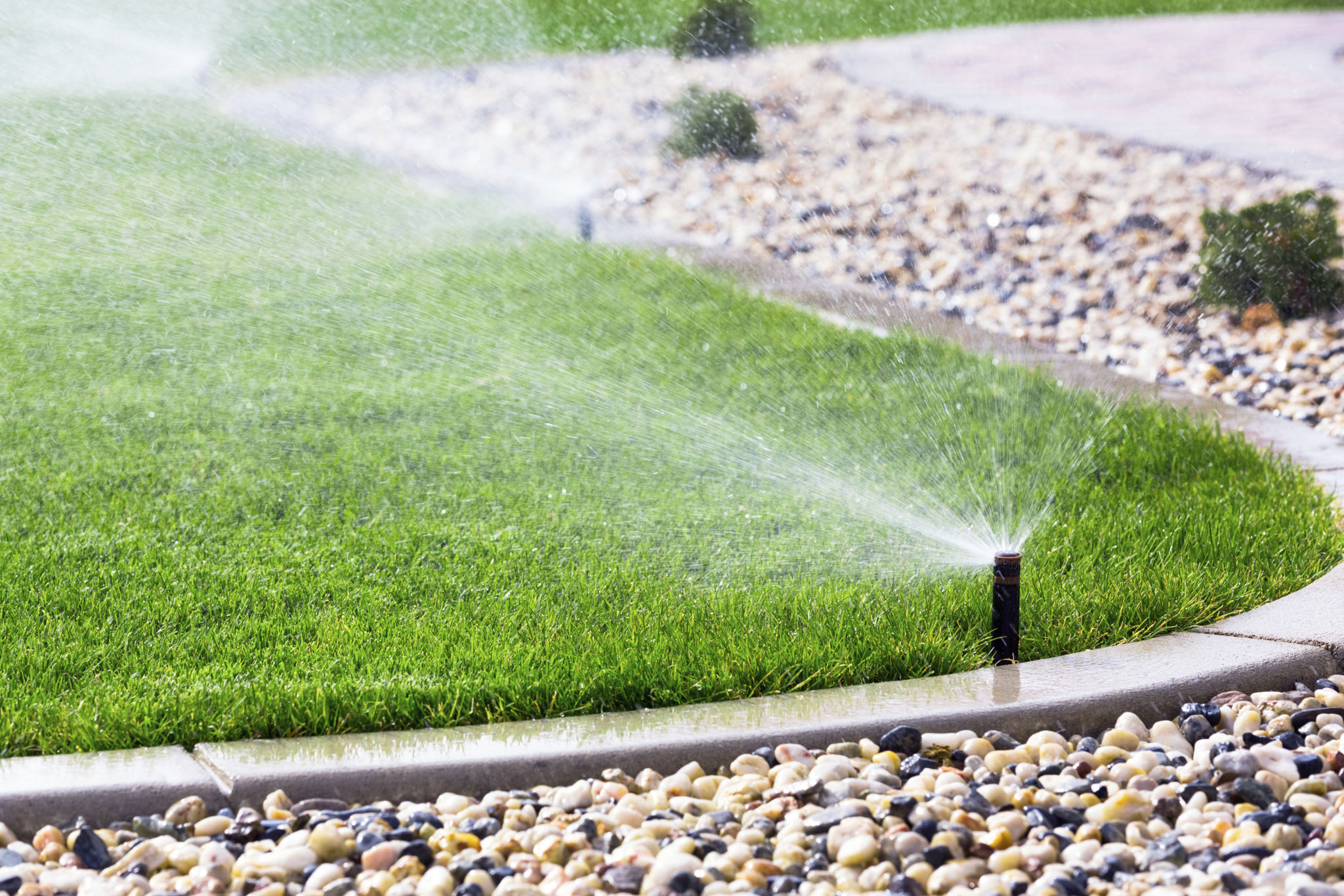Lawn Care Essentials: Maintaining a Perfect Lawn in Contra Costa's Climate
Understanding Contra Costa's Climate
Contra Costa County in California is known for its Mediterranean climate, characterized by warm, dry summers and mild, wet winters. This unique climate can pose challenges for maintaining a perfect lawn, but with the right strategies, you can keep your grass lush and vibrant year-round. Understanding the local climate is the first step in creating a successful lawn care routine.

Selecting the Right Grass Type
Choosing the right type of grass for your lawn is crucial. In Contra Costa's climate, it's best to opt for grass species that can withstand both the summer heat and occasional cooler temperatures. Consider varieties like Bermuda grass or tall fescue, which are known for their resilience and adaptability. These types can thrive with minimal water, making them ideal for drought-prone areas.
When selecting grass seeds or sod, consult with local garden centers for expert advice on which varieties are best suited to your specific microclimate. Your choice of grass will significantly impact your lawn's ability to flourish throughout the year.
Watering Wisely
Watering is a critical component of lawn care, especially in regions with contrasting seasonal changes. In Contra Costa, it's important to water deeply but infrequently to encourage deep root growth. This approach helps the lawn become more drought-resistant during hotter months.

Early morning is the best time to water your lawn, as it reduces evaporation and allows grass to absorb moisture effectively. Aim for about 1 inch of water per week, adjusting as necessary based on rainfall and temperature.
Fertilization and Soil Health
Maintaining soil health is essential for a thriving lawn. Regular fertilization provides the nutrients your grass needs to grow strong and healthy. In Contra Costa's climate, consider fertilizing at least twice a year—once in spring and again in fall.
Use a balanced fertilizer that includes nitrogen, phosphorus, and potassium to promote growth and resilience. Additionally, conducting a soil test can help you understand any specific nutrient deficiencies and adjust your fertilization plan accordingly.

Mowing Techniques
Proper mowing techniques are vital for lawn health. In Contra Costa, aim to mow more frequently during the growing season but avoid cutting more than one-third of the grass height at once. Keeping grass slightly taller during the scorching summer months helps shade the soil and reduces water evaporation.
Ensure your mower blades are sharp to make clean cuts and prevent tearing, which can lead to disease and stress on the grass.
Pest and Weed Management
Pests and weeds can quickly become problematic if not managed properly. In Contra Costa County, common lawn pests include grubs and chinch bugs. Regular monitoring and early intervention can prevent small issues from becoming significant problems.

For weed control, maintaining a healthy lawn is the best defense. A dense, well-nourished lawn will outcompete most weeds. However, if weeds do appear, consider using organic or chemical options as a last resort while following all safety guidelines.
Seasonal Maintenance Tips
Finally, adapting your lawn care routine to seasonal changes is vital for success. In spring, focus on aerating and dethatching to allow nutrients and water to penetrate the soil. In summer, prioritize watering and mowing height. Fall is an excellent time for overseeding thin areas and reinforcing grass health before winter.
By understanding these essentials and tailoring your approach to Contra Costa's specific climate conditions, you'll be well on your way to enjoying a beautiful, healthy lawn all year long.
